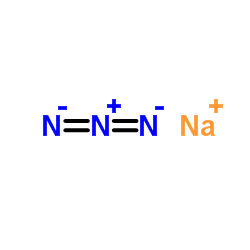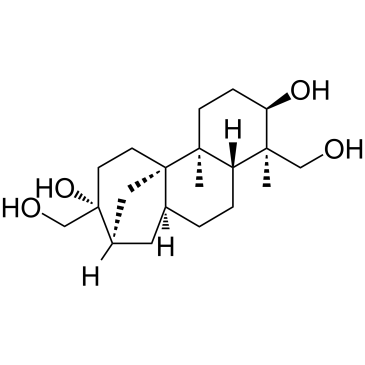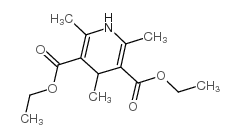| 结构式 | 名称/CAS号 | 全部文献 |
|---|---|---|
 |
叠氮化钠
CAS:26628-22-8 |
|
 |
L-谷氨酰胺
CAS:56-85-9 |
|
 |
阿非科林
CAS:38966-21-1 |
|
 |
1,4-二氢-2,4,6-三甲基-3,5-吡啶二甲酸二乙酯
CAS:632-93-9 |